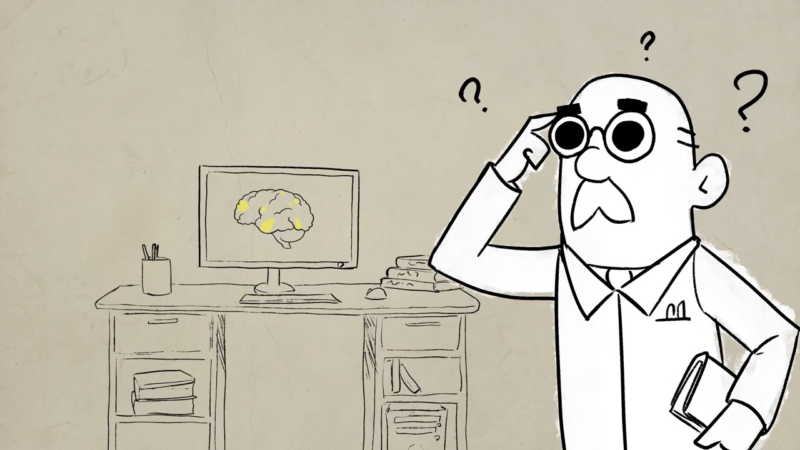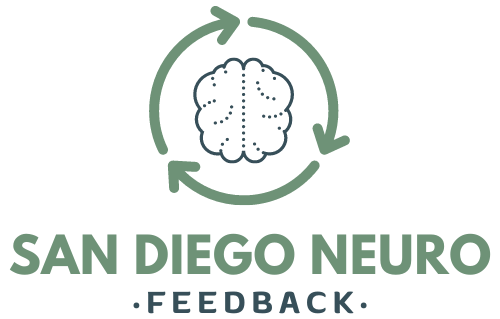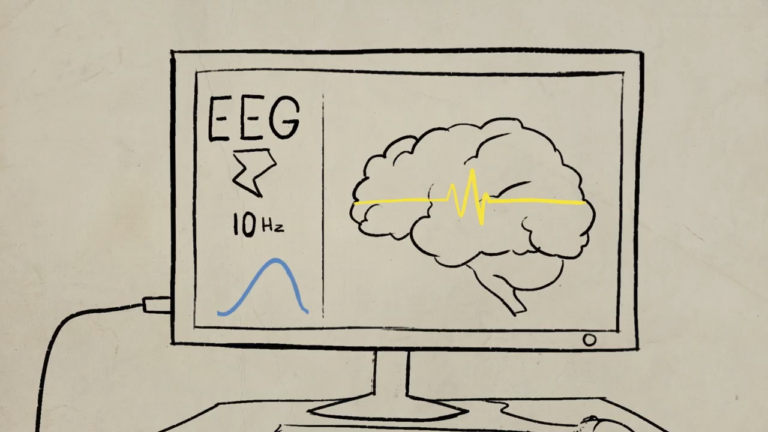Neurofeedback therapy has been gaining popularity as a non-invasive treatment option for various mental health conditions like ADHD, anxiety, and depression. If you’ve been curious about this approach or considering it for yourself or a loved one, one of the most pressing questions is likely the cost. Typically, the cost falls between $800 and $4,000.
How Does Neurofeedback Work?

Neurofeedback, also known as EEG biofeedback, is a therapy that uses real-time monitoring of brain activity to train the brain to function more efficiently. It involves placing sensors on the scalp to measure electrical activity and providing feedback—usually in the form of visual or auditory signals.
Over time, the brain learns to regulate itself, promoting improved cognitive function and emotional stability.
According to the Drake Institute of Neurophysical Medicine, neurofeedback empowers individuals to actively influence their brain’s functioning by training them to produce the right brainwaves at the right moments, which can help alleviate various negative symptoms.
People seek neurofeedback therapy for various reasons, such as enhancing focus, reducing symptoms of anxiety or depression, or even improving sleep patterns. The approach is appealing because it’s non-invasive and doesn’t rely on medication.
Factors Affecting the Cost of Neurofeedback Therapy
Several factors influence the price, ranging from the type of neurofeedback system used to the number of sessions required.[/su_note]
1. Type of Neurofeedback System
Type of System
Sensor Count
Usage
Effectiveness
Basic Systems
2-4 Sensors
General brain training, simpler protocols
Effective, but may take longer to see results
Advanced Systems
19 Sensors
Detailed brain training, targeted protocols
Highly effective for complex conditions
The complexity and capabilities of the system directly impact not only the effectiveness of the treatment but also its price. Generally, the more sensors involved, the more precise the feedback, and the fewer sessions you might need.
2. Number of Sessions
Simple Protocols
For some individuals using basic systems, it might take 20 or more sessions to notice improvements.
Advanced Protocols
With a 19-sensor system, significant results are often observed within 15-20 sessions.
3. Inclusion of Brain Mapping
Brain mapping, also known as a quantitative EEG (qEEG), is a procedure that provides a detailed analysis of brainwave activity. This information helps tailor the neurofeedback protocol to the individual’s unique brain patterns, making the therapy more targeted and effective.
As stated by SBMT, brain mapping methods are continually advancing, relying on the ongoing development and enhancement of techniques for image acquisition, representation, analysis, visualization, and interpretation.

- Pros: Brain mapping can lead to more efficient treatment, potentially reducing the total number of sessions needed.
- Cons: It adds to the upfront cost, typically ranging from $200 to $600 for the initial mapping.
Including brain mapping in your treatment plan can be a wise investment, especially if you’re dealing with complex conditions or have tried other therapies without success.
4. Insurance Coverage
Neuralink, Elon Musk’s brain-implant company, said it has the FDA’s regulatory approval to conduct the first clinical trial of its experimental device in humans 👀🧠 pic.twitter.com/okCgV0spQg
— No Jumper (@nojumper) May 26, 2023
Neurofeedback therapy is FDA-approved, and some insurance companies do offer reimbursement for it. However, coverage can vary widely depending on your insurance provider, the specific policy, and the condition being treated.
What to Check
Out-of-Pocket Costs
Even with insurance, there may be out-of-pocket costs involved, so it’s important to have a clear understanding of what is covered and what isn’t before starting treatment.
The General Cost Range
The total cost of neurofeedback therapy can vary significantly depending on the factors discussed above.
It’s also worth noting that some practitioners offer package deals that can help lower the overall cost if you commit to a certain number of sessions upfront.
| Strategy | Description |
|---|---|
| Check for Package Deals | Look for clinics that offer discounted rates if you book a package of sessions in advance, reducing overall costs. |
| Consult Multiple Providers | Compare prices from different practitioners, as rates can vary significantly. Shopping around can help find the best value. |
| Look Into Financing Options | Explore financing plans or partnerships with medical credit companies offered by some clinics to spread out payments over time. |
| Insurance Reimbursement | Confirm with your insurance provider and the clinic about required documentation for potential reimbursement. |
Final Thoughts
Neurofeedback therapy is an investment in mental health, and its cost can vary widely based on factors like the type of system used, the number of sessions required, and whether brain mapping is included.

